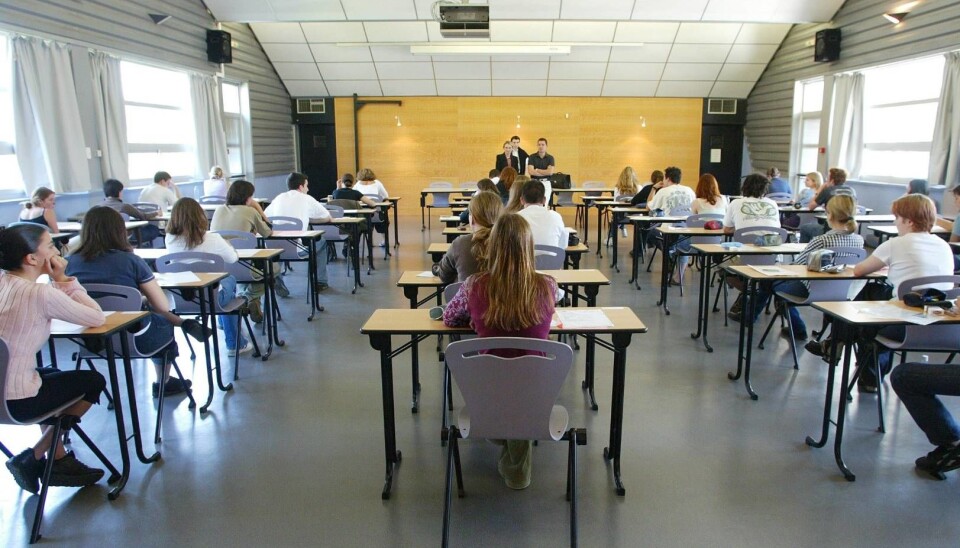This article was produced and financed by BI Norwegian Business School

How to get better grades
If you choose the right learning strategy, you can improve your grades.
Denne artikkelen er over ti år gammel og kan inneholde utdatert informasjon.
There are several different ways of learning. The way you learn is described as your learning style.
Some students choose to cram just before exams and study above and beyond their capacity to remember as much as they can on the day.
Others are motivated, and interested in penetrating to the very depths of a subject, and understanding the bigger picture.

A third group is strategic in their learning approach, and organise their studies efficiently in order to get the best grades possible.
It is apparent that our styles of thinking and learning, our personality and our abilities affect our performance. These individual differences have earlier been studied in different organisational situations such as e.g. problem solving, decision making, creativity, group processes and learning.
In her doctorate study at BI Norwegian Business School, researcher Anne Berit Swanberg has been interested in e.g. whether the choice of learning style affects grades, and which learning style leads to the best grades in a group context.
Learning style makes a difference

Swanberg conducted a survey of 687 students at BI Norwegian Business School in order to see how students’ personalities and learning styles affected their grades.
Personality and learning style are related topics, and earlier studies have concluded that an individual’s learning style is part of his/her personality. Swanberg finds that your personality affects your grade, but so does your learning style.
”Students’ approaches to learning explained a significant part of their grades,” Swanberg states. Closer analyses show that the connection between personality and grades is also affected (mediated) by the individual’s learning style.
Experiment involving 1000 students
Anne Berit Swanberg also conducted a broader experiment involving more than 1000 students at BI Norwegian Business School in order to find out which learning style led to the best grades in a group context.
The experiment consisted of solving an organisational psychology problem in 50 minutes.
The students were divided into two groups, one group where students were to work individually, and one group randomly split into smaller groups of five students each.
Before the experiment, students were asked to fill out a form to chart their learning style (approach to learning). Following the completion of the experiment, the students had to fill out a test charting group dynamics and take a knowledge test.
Three types of learning
Swanberg based her research on a widespread measuring instrument which looks at three main approaches to learning (learning styles):
- The surface approach: The student crams in order to remember during the exam
- The strategic approach: The student is motivated by good grades and is efficient in his/her learning
- The depth approach: The student is intrinsically motivated and looks for meaning in the material.
An individual’s learning style may vary from subject to subject, and depends on how motivated the individual is to learn.
Swanberg expected the students working in groups to perform best on the knowledge test. Not so. The students solving the problem on their own (individually) on average performed better on the knowledge test.
”This is probably due to the fact that the problem given was just as suitable for self-study as for ad hoc group work,” Swanberg considers.
Learning styles in groups
The experiment shows that the differences in learning styles affected the grades of those working in groups more than that of those working individually.
”A high degree of the depth approach and of the strategic approach to learning was an especially good combination when it came to the grouped students’ learning outcome,” Anne Berit Swanberg proves in her doctorate study.
Swanberg finds that not only learning style affects grades, but so does students’ perception of group dynamics in the group he/she solved the problem with. Group dynamics were assessed based on a feeling of security, perception of support for ideas, and the group’s orientation towards the problem and the goal.
“The study shows that when the student felt secure in the group, he/she had greater chances of a better score on the knowledge test,” Swanberg concludes.
-----------------------------------------------------
Read this article in Norwegian at forskning.no
Translated by: Glenn Ostling






























